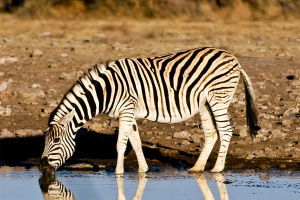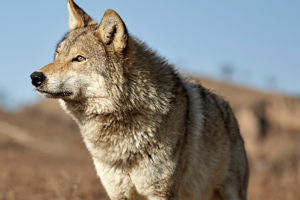The kingfisher is a medium-sized water bird. Forehead to occipital bluish black, densely covered with emerald blue horizontal spots, bright emerald blue back, chestnut brown belly, light horizontal spots on top of head, red mouth and feet.
Because of the bright blue feathers on the back and face, it is commonly known as the kingfisher.
It is distributed in India, Myanmar, Vietnam, Laos, Cambodia, the Spratly Islands in Thailand and the Philippines, Brunei, Malaysia, Singapore, Sumatra in Indonesia, Java and Papua New Guinea.
Living habit.
1. Habitat.
Inhabits waters such as scrub or sparse forests, slow rivers, streams, lakes and irrigation canals.
2. Food.
Usually on branches or rocks near water, looking for opportunities, mainly eat small fish, but also crustaceans and various aquatic insects and their larvae, as well as small frogs and a small amount of aquatic animals.
3. Typical medium-sized waterfowl.
The kingfisher can still maintain excellent vision after entering the water, because after its eyes enter the water, it can quickly adjust the viewing angle contrast caused by the light in the water, so it has a strong fishing ability.
4. To hunt.
The prey is usually brought back to the habitat, beaten with sticks or stones, and eaten whole after the fish die.
5. Fly.
Sometimes it also flies in a straight line at a low altitude along the surface of the water, flying at a fast speed, often calling as it flies.
Its feathers.
The kingfisher is an ornamental bird with beautiful feathers. The feathers on its back and tail will glow emerald green under certain lighting angles, and will not fade even if the feathers are dropped.
Population status.
The global number of common kingfisher species is estimated to be less than 600,000 (2001). The population of European kingfishers is estimated at 97,500-167,000 pairs, corresponding to 195,000-334,000 mature individuals (2015).
Why are kingfishers increasingly rare?
1. Food shortages. Many wild waters have been depleted. Humans catch, kill fish of all sizes. And once the kingfisher eats the poisonous fish, its fate is the same as that of the fish, only death.
2. Petization. Many kingfishers are kept as pets due to their beautiful plumage and ornamental appearance. However, due to its unique living habits, feeding is difficult, resulting in many captured kingfishers dying under feeding.
To love it is to know how to protect it.


